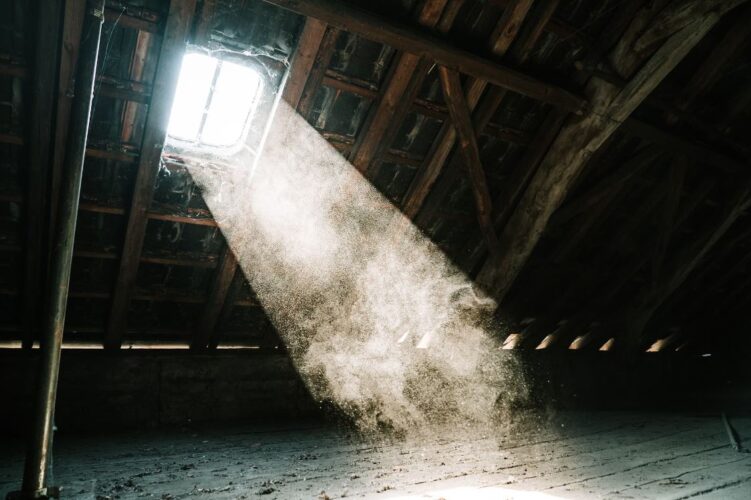In the dynamic and often hazardous environment of the construction industry, ensuring the safety and well-being of workers is of paramount importance. Respiratory protective equipment (RPE) plays a crucial role in safeguarding individuals from airborne contaminants, and the proper use of this equipment is a key component of occupational health and safety protocols. One critical aspect is respiratory face fit training.
The Importance of Respiratory Face Fit Training
Respirators are designed to form a secure seal around the face, preventing the entry of harmful particles or gases. Without a proper fit, the effectiveness of the respirator is compromised, leaving workers exposed to potential health risks. Respiratory face fit training is designed to educate individuals on the correct usage of respirators and ensure that each worker achieves a proper seal.
Legal Requirements in the Construction Industry
The construction industry, known for its diverse and challenging work environments, often involves exposure to dust, fumes, and other airborne contaminants. As a result, regulatory bodies set specific standards to protect the health and safety of construction workers. The legal requirements for respiratory face fit training can vary by jurisdiction, but in many regions, compliance is mandatory.
United Kingdom (HSE Guidelines)
In the United Kingdom, the Health and Safety Executive (HSE) provides guidelines on respiratory protective equipment. Employers in the construction industry are expected to adhere to these guidelines, which may include requirements for fit testing and training. The HSE emphasizes the importance of a good fit to guarantee the effectiveness of respiratory protection.
How Employers Can Ensure Compliance
To meet legal requirements and prioritize worker safety, employers in the construction industry should take the following steps:
Implement a Respiratory Protection Program: Develop and implement a comprehensive program that addresses all aspects of respiratory protection, including fit testing and training.
Provide Proper Training: Ensure that workers are adequately trained on the correct usage of respiratory equipment, including how to achieve a proper face fit.
Conduct Fit Testing: Regularly conduct fit testing to assess the effectiveness of respirators and make adjustments as necessary.
Stay Informed About Regulations: Keep abreast of changes in occupational health and safety regulations to ensure ongoing compliance.
Conclusion
Respiratory face fit training is not just a recommended practice; in many jurisdictions, it is a legal requirement in the construction industry. By prioritizing proper fit testing and training, employers can create a safer working environment, reduce the risk of respiratory-related health issues, and demonstrate a commitment to compliance with industry regulations.
Remember, the specifics of these requirements may vary, so it’s essential for employers to consult the relevant occupational health and safety regulations in their specific jurisdiction for accurate and up-to-date information. Prioritizing respiratory face fit training is not just about compliance; it’s about protecting the health and well-being of those on the front lines of construction work.

